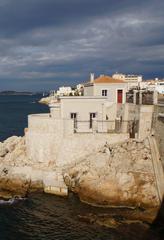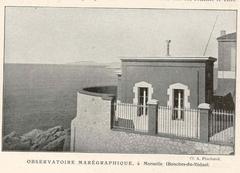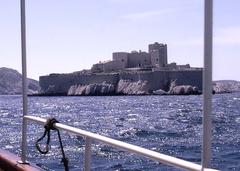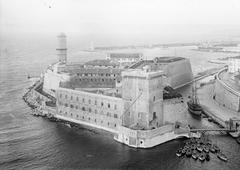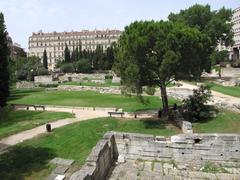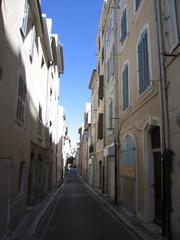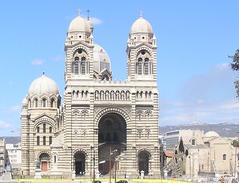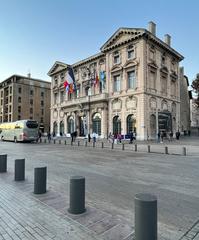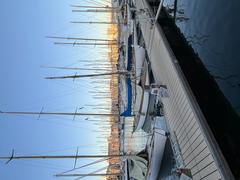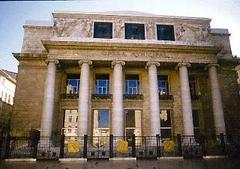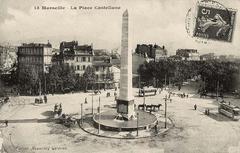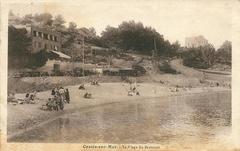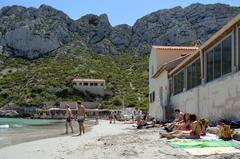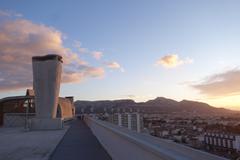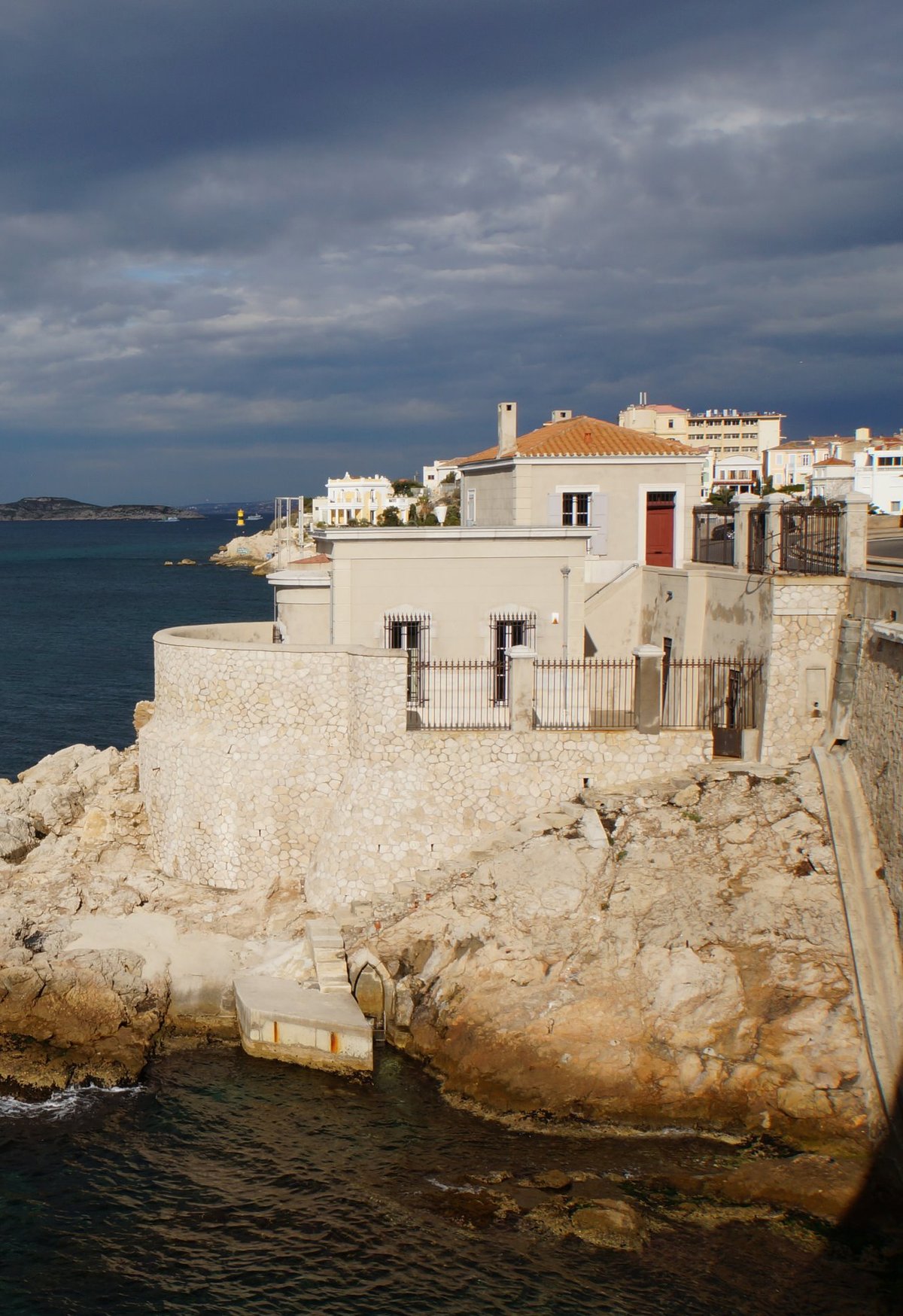
Comprehensive Guide to Visiting Marégraphe, Marseille, France
Publication Date: 01/08/2024
Introduction to Marégraphe
Nestled in the picturesque Endoume district of Marseille, France, the Marégraphe, also known as the Marseille Tide Gauge, stands as a monument of immense historical and scientific significance. Since its construction between 1883 and 1884 under the supervision of French engineer Joseph Bérard, this landmark has been pivotal in the realm of geodesy, oceanography, and climate change studies. Initially designed to measure sea levels with high precision, the Marégraphe’s data collected from 1885 to 1897 played a crucial role in defining the French National Datum, establishing the reference point for altitudes across France (OpenEdition Journals). Today, this site continues to be an essential observatory for national and international sea level observation programs, contributing significantly to our understanding of long-term sea level changes and their correlation with climate change. This comprehensive guide will delve into the Marégraphe’s rich history, scientific contributions, visiting hours, ticket prices, and travel tips, ensuring a well-rounded and informative experience for all visitors.
Table of Contents
- Introduction
- History of Marégraphe
- Visitor Information
- Nearby Attractions and Accessibility
- FAQ
- Call to Action
- Conclusion
History of Marégraphe
Origins and Construction
Constructed between 1883 and 1884, the Marégraphe was designed to measure sea levels with high precision. French engineer Joseph Bérard oversaw its construction in the Endoume district, creating a robust and accurate system for monitoring sea levels. Louis Auguste Sébillotte, an experienced engineer from the Ponts et Chaussées, also played a key role in its construction (OpenEdition Journals).
Technological Innovations
The Marégraphe was equipped with state-of-the-art technology for its time, including a float-operated tide gauge that recorded sea levels on a continuous strip of paper. Innovations like stilling wells and siphons filtered out short-term fluctuations, allowing for precise long-term measurements. The site houses the only remaining example of a totalizing tide gauge, a collaborative creation by German engineer Heinrich Reitz and French engineer Charles Lallemand (OpenEdition Journals).
Role in Establishing the French National Datum
The data collected between 1885 and 1897 was crucial in defining the French National Datum, which serves as the reference point for altitudes across France. This effort standardized elevation measurements throughout the country and influenced France’s topographical and cartographical endeavors (OpenEdition Journals).
Scientific Contributions
The Marégraphe is not just a historical monument but also a significant scientific instrument. The data collected from 1885 to 1988 has been digitized to preserve its invaluable records. This digitization effort, carried out between 1996 and 2001 by the IGN and Shom, converted 1,200 tide gauge records into a format compatible with modern computers (OpenEdition Journals). These records are crucial for understanding long-term sea level changes and have been proposed for classification as historical monuments.
Role in Climate Change Monitoring
In contemporary times, the Marégraphe plays a vital role in monitoring climate change. It is equipped with modern devices that make it an essential observatory for national and international sea level observation programs. The data it provides is critical for understanding the impacts of climate change on sea levels, making it a key player in global climate research (OpenEdition Journals).
Architectural and Cultural Significance
Architecturally, the Marégraphe is a testament to the engineering prowess of the late 19th century. Its construction, designed to last, showcases the quality and durability of the materials and techniques used. Culturally, the Marégraphe is a symbol of scientific advancement and a site of public interest, classified as a historical monument in 2002 (OpenEdition Journals).
Visitor Information
Visiting Hours and Tickets
The Marégraphe is open to visitors from Tuesday to Sunday, 10:00 AM to 6:00 PM. Tickets are priced at €10 for adults, €7 for seniors and students, and free for children under 12. Guided tours are available on weekends at 11:00 AM and 3:00 PM, providing deeper insights into the site’s history and technology (Marseille.fr).
Special Events and Guided Tours
Throughout the year, the Marégraphe hosts special events, including science festivals and historical reenactments. Check the official Marégraphe website for the latest schedule and event details (Marseille.fr).
Nearby Attractions and Accessibility
The Marégraphe is located in the picturesque Endoume district, which offers plenty of other attractions to explore. Nearby, you’ll find the Vallon des Auffes, a charming fishing port, and the Basilique Notre-Dame de la Garde, offering stunning views of the city. The Marégraphe is accessible to visitors with disabilities, with ramps and elevators available. Public transportation options include bus lines 80 and 83, which stop close to the site (Voyage Tips).
FAQ
Q: What are the Marégraphe visiting hours? A: The Marégraphe is open from Tuesday to Sunday, 10:00 AM to 6:00 PM.
Q: How much are tickets to visit the Marégraphe? A: Tickets cost €10 for adults, €7 for seniors and students, and are free for children under 12.
Q: Are there guided tours available? A: Yes, guided tours are available on weekends at 11:00 AM and 3:00 PM.
Q: Is the Marégraphe accessible to visitors with disabilities? A: Yes, the Marégraphe is accessible, with ramps and elevators available.
Call to Action
To stay updated on the latest events and news about the Marégraphe, download the Audiala mobile app, check out related posts on our website, or follow us on social media.
Conclusion
Visiting the Marégraphe in Marseille offers a unique glimpse into the history of sea level measurement and its scientific significance. With its rich history, technological advancements, and convenient visitor amenities, it is a must-see destination for anyone interested in the intersection of science and history. By preserving and visiting this site, we not only honor its historical significance but also support the ongoing research critical to addressing the challenges posed by climate change.
